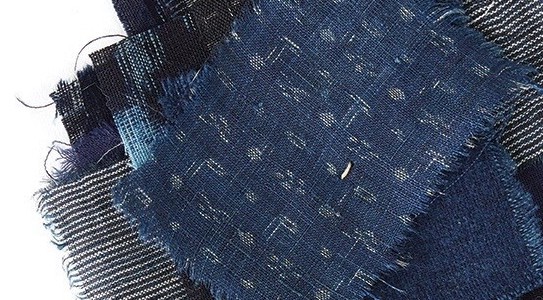Look at the friendship bracelet above, bought from a child on the street in Cusco, Peru, for about a dollar. Now look at the needle case below reproduced in The Anchor Manual of Needlework, a treasure trove of patterns and techniques from the late nineteenth and early twentieth centuries. In the bracelet, the pattern lines move diagonally. In the needle case, they are horizontal. What they have in common, though, is both are composed entirely of one simple knot, the double half hitch. And they are both considered the craft of children.

Needle case worked In Coats Mercer-Crochet No. 10; ecru 609 for the background and fringe, blue 621 for the design. Photo from *The Anchor Manual of Needlework.*
Valentina Cavandoli, who was born in Italy in 1872, grew up to found a school for children in Turin called the Casa Del Sole. She devised what is now commonly known as Cavandoli work to amuse the younger children—five or six years old. The children according to The Anchor Manual of Needlework, “. . . quickly become expert in this work, and from their small hands come, as if by magic, the thousands of practical articles, which are generally offered or sold to the benefactors of the Institution."


